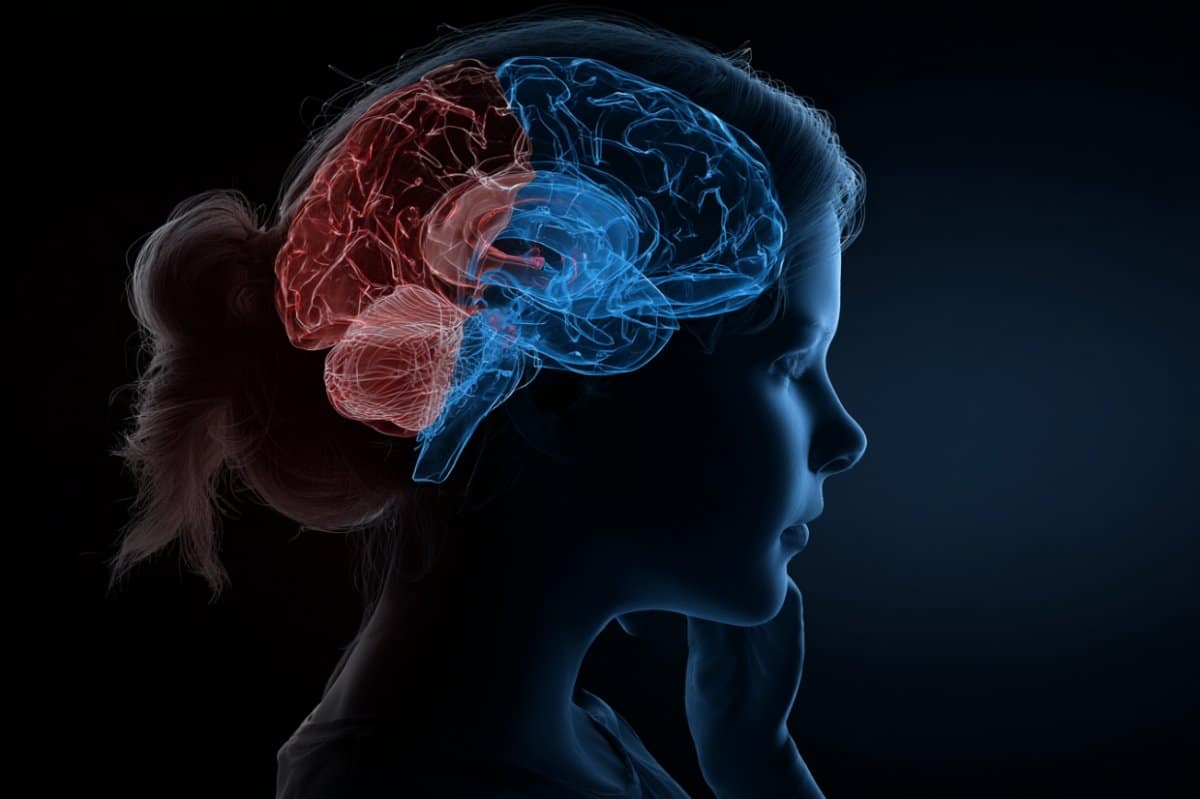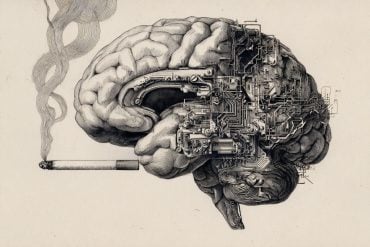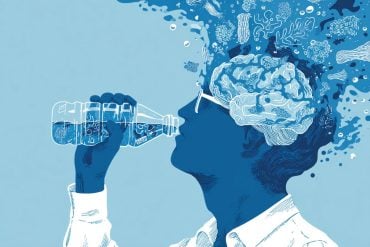Summary: A new neuroimaging study has identified distinct structural brain differences in individuals with psychopathy, particularly those with high antisocial traits. Reduced volumes were found in subcortical and cortical areas involved in emotion, decision-making, and social behavior.
These brain changes were most strongly associated with factor 2 psychopathy traits, such as impulsivity and antisocial conduct. In contrast, interpersonal-affective traits like lack of empathy showed weaker and more inconsistent brain structure links.
Key Facts:
- Antisocial Traits Stand Out: Factor 2 traits were linked to reduced brain volume across key emotional and regulatory regions.
- Widespread Changes: Structural differences were seen in the basal ganglia, thalamus, brainstem, cerebellum, and orbitofrontal cortex.
- Overall Brain Volume Reduced: Psychopathy was associated with a significant reduction in total brain volume, especially in the right subiculum.
Source: EBrains
A new study published in the European Archives of Psychiatry and Clinical Neuroscience has shed light on the brain structure differences associated with psychopathy — a condition known to be one of the strongest predictors of persistent violent behaviour.
Using advanced neuroimaging and the Julich-Brain Atlas, researchers from Forschungszentrum Jülich, RWTH Aachen University ,Heinrich-Heine-University Düsseldorf, Georg August University, (Germany) and University of Pennsylvania (USA) have identified specific brain networks that appear to be structurally altered in individuals exhibiting psychopathic traits.

The Atlas can be freely accessed via the EBRAINS Research Infrastructure.
The study examined structural MRI data from 39 adult male participants diagnosed with psychopathy, compared with matched control subjects. Researchers assessed psychopathic traits using the Psychopathy Check-List (PCL-R), a well-established diagnostic tool that evaluates two key dimensions: interpersonal-affective traits (factor 1) and lifestyle-antisocial behaviour (factor 2).
Results revealed that higher scores on factor 2 — related to antisocial tendencies — were linked to reduced volumes in multiple brain regions. These included subcortical areas such as the basal ganglia, thalamus, and basal forebrain, as well as parts of the brainstem (pons), cerebellum, and cortical areas in the orbitofrontal and insular regions.
These areas are known to play roles in emotion regulation, decision-making, impulse control, and social behaviour.
In contrast, associations with factor 1 traits, such as pathological lying and lack of empathy, were weaker and more variable. Some volume differences were noted in the orbitofrontal, dorsolateral-frontal and left hippocampal areas, but the patterns were less consistent across individuals.
Group comparisons also revealed a significant reduction in total brain volume in the psychopathy group, with the most notable localised difference in the right subiculum, a part of the hippocampus involved in memory.
The study’s authors highlight that the findings suggest a particularly strong neurobiological link between antisocial behaviour and reduced brain volume across widespread regions.
The study advances research on the neuropsychobiological correlates of aggression, which will be intensively investigated in the next years at RWTH Aachen together with the universities in Heidelberg and Frankfurt, the Central Institute in Mannheim, as well as Forschungszentrum Jülich within the research initiative SFB TRR 379.
About this neuroscience and psychopathy research news
Author: Helen Mendes Lima
Source: EBrains
Contact: Helen Mendes Lima – EBrains
Image: The image is credited to Neuroscience News
Original Research: Open access.
“Associations of brain structure with psychopathy” by Peter Pieperhoff et al. European Archives of Psychiatry and Clinical Neuroscience
Abstract
Associations of brain structure with psychopathy
Psychopathy is one of the greatest risk factors for serious and persistent violence.
In order to detect its neurobiological substrates, we examined 39 male psychopathic subjects and matched controls using structural MR imaging and the Psychopathy Check-List (PCL-R).
Individual brain region volumes were calculated using the Julich-Brain and AAL3 atlases.
Associations of region volumes with the PCL-R dimensions among psychopathic subjects and differences between both groups were analysed. PCL-R factor 2 assessing lifestyle and antisocial behaviour showed in the psychopathic sample negative associations with volumes of several regions, including pons, nuclei of basal ganglia, thalamus, basal forebrain (CH-4), cerebellar regions and areas in orbitofrontal, dorsolateral-frontal and insular cortices.
These findings suggest dysfunctions in specific frontal-subcortical circuits, which are known to be relevant for behavioral control. In contrast, the interpersonal-affective PCL-R factor 1 showed only weak positive and negative associations with orbitofrontal, dorsolateral-frontal and left hippocampal areas (CA1, subiculum), among others, indicating that involved brain regions might be affected to a variable degree in different individuals.
The group comparison yielded a significantly reduced total brain volume in psychopathic subjects relative to controls, while pronounced regional focuses of volume differences were found only in the right subiculum, suggesting an interindividually variable pattern of structural deviations in the brains of psychopathic subjects.
In conclusion, these findings are compatible with the dimensionality of the PCL-R construct, and suggest a particulary strong association of antisocial behavior to smaller volumes in widespread subcortical-cortical brain regions.






